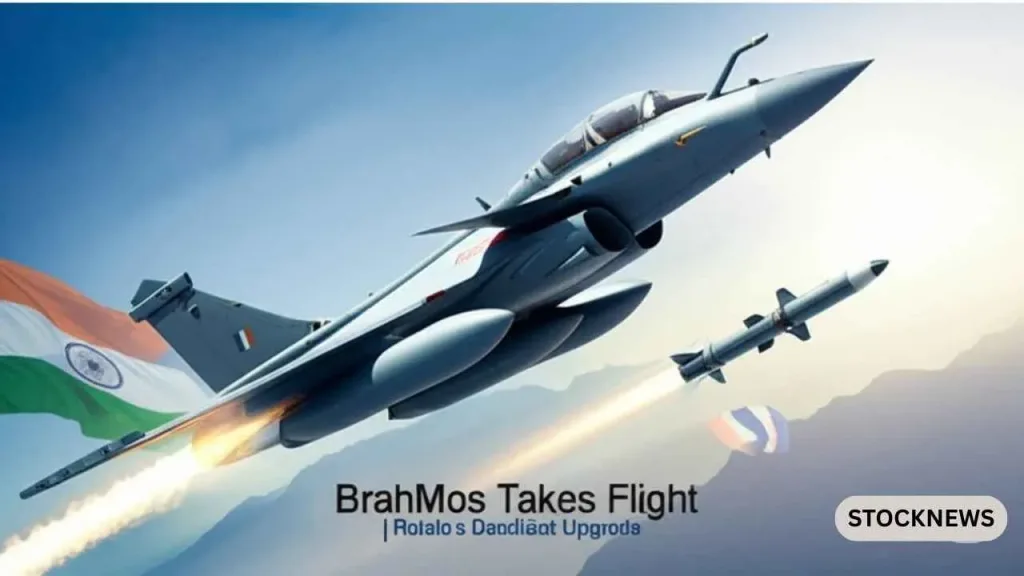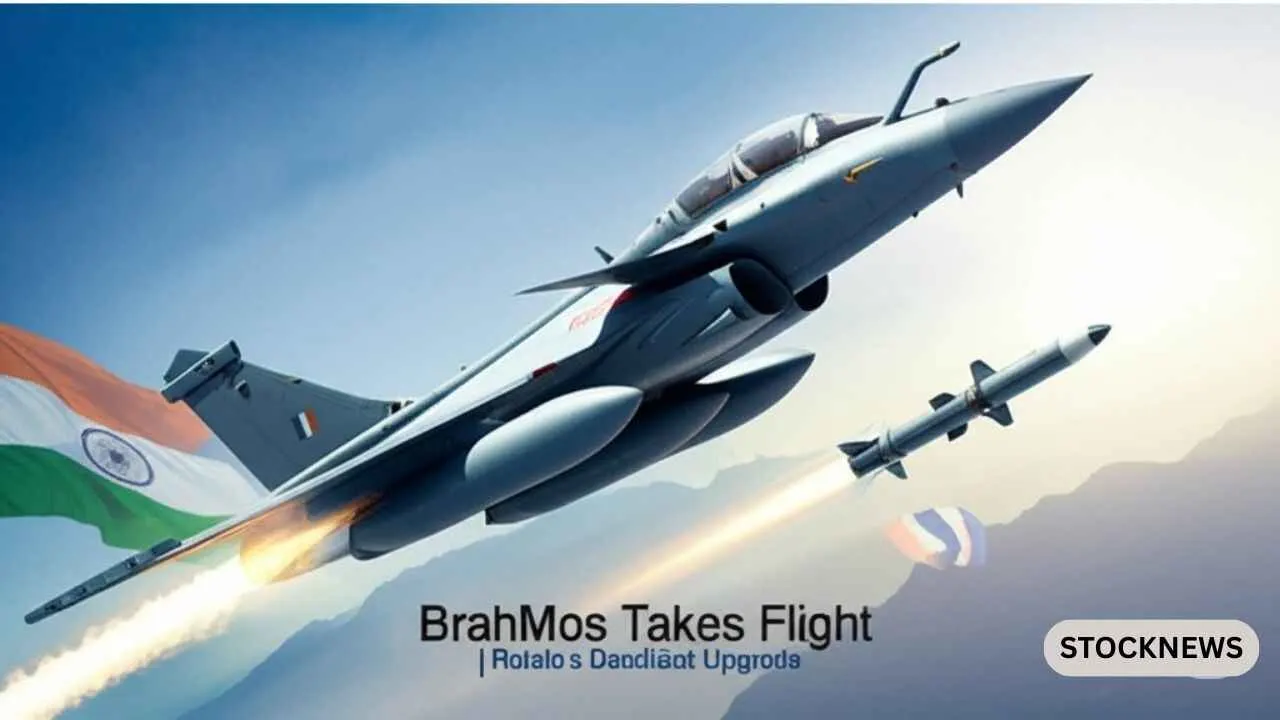In a significant milestone for India’s defense modernization, France has officially granted permission for the integration of Indian-made weapons—most notably the BrahMos-NG missile—into the Rafale fighter jets operated by the Indian Air Force and Navy. This rare concession marks a new chapter in Indo-French defense collaboration and opens the door to greater operational autonomy for Indian forces.
Breaking the Code Barrier
At the heart of this development lies an issue that has long constrained buyer nations: control over a fighter jet’s source code—the deeply embedded software that governs everything from radar detection and missile deployment to electronic warfare and autopilot systems.
Most countries zealously guard this code, refusing to share or allow third-party modifications to preserve proprietary technologies and ensure continued dependence on their defense ecosystem. In Rafale’s case, access to—or the ability to work around—the source code was essential for India to integrate indigenous weapons.
While France has not handed over the entire source code, it has taken the rare step of officially authorizing India to interface its systems with the Rafale platform. That includes the high-speed BrahMos-NG (Next Generation) cruise missile, a lighter, smaller, and faster variant of the original BrahMos jointly developed by India and Russia.
BrahMos-NG: A Game-Changer in the Skies
The BrahMos-NG weighs approximately 1.3 tonnes and measures six meters in length—about half the size and weight of the original BrahMos—making it ideally suited for deployment on fighter aircraft. Despite its reduced size, the missile retains a formidable top speed exceeding Mach 3.5 and a range of nearly 290 kilometers, allowing it to strike targets well beyond the reach of enemy air defenses.
With this integration, the Rafale will evolve into a significantly more lethal platform. The Indian Air Force’s 36 Rafale-C fighters based in Ambala and Hashimara, and the Navy’s 26 Rafale-M jets set to operate from aircraft carriers INS Vikramaditya and INS Vikrant, will be capable of delivering precision strikes from long distances—transforming India’s power projection across land and sea.
From Sukhoi to Tejas: A Broader BrahMos Future
The BrahMos-NG isn’t stopping with Rafale. It has already undergone integration trials with the Sukhoi-30MKI, India’s front-line air superiority fighter, and is slated to be equipped on the upcoming Tejas Mk-1A, a light combat aircraft expected to join the Indian Air Force by 2025. Initially, one missile will be carried per aircraft, but future iterations may allow for two per Rafale.
To support mass production, a 200-acre facility near Lucknow will begin manufacturing BrahMos-NG units starting in 2026, with a projected output of 80–100 missiles per year. Interest from international buyers—such as the Philippines, which recently acquired the BrahMos coastal defense system—suggests India’s indigenous weapons are finding a growing global market.
Strategic Autonomy in Action
Though the original Rafale acquisition deal included advanced French weaponry—such as the Meteor air-to-air missile and the Exocet anti-ship missile—India’s ability to now retrofit its own arms significantly reduces its dependency on foreign suppliers. It also explains, in part, the high cost of the Rafale deal, which included not just aircraft but a suite of cutting-edge armaments and support infrastructure.
With France’s latest approval, India gains the flexibility to tailor its fleet for diverse missions, enhancing both strategic deterrence and battlefield agility.
Pakistan Relents on Afghanistan Trade Blockade
In a separate but politically consequential development, Pakistan has lifted its blockade on Indian goods bound for Afghanistan. Approximately 150 Indian trucks, previously halted at the border, were granted passage after intense diplomatic pressure from both New Delhi and Kabul.
Sources suggest that the Taliban government, increasingly focused on regional trade stability, warned Pakistan against further disruptions. Faced with growing isolation and the risk of alienating Kabul, Pakistan backtracked—clearing the way for resumed India-Afghanistan commerce.
Though the move currently affects a limited number of vehicles, it sends a broader signal: India-Afghanistan ties are deepening, and Islamabad’s ability to control the regional trade narrative is weakening.

Conclusion: A Shift in Regional Balance
Taken together, these developments underscore a clear trend: India is asserting its strategic autonomy, not just by acquiring cutting-edge platforms, but by shaping them to its own defense needs. France’s decision to allow indigenous weapons integration—especially a missile as potent as the BrahMos-NG—signals growing trust between the two nations and a maturing defense partnership.
Meanwhile, the easing of the Pakistan-Afghanistan trade bottleneck reinforces India’s increasing influence in the region and highlights the diplomatic cost Pakistan must bear for obstructive tactics.
As India moves to arm its Rafales with BrahMos and deepen its strategic partnerships, the balance of power in South Asia may be entering a new era.
